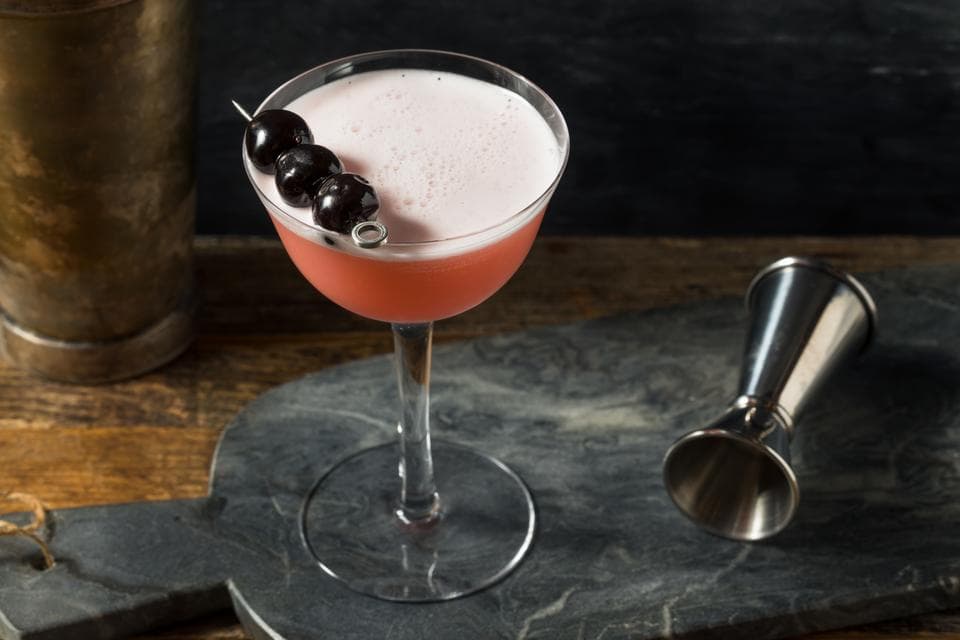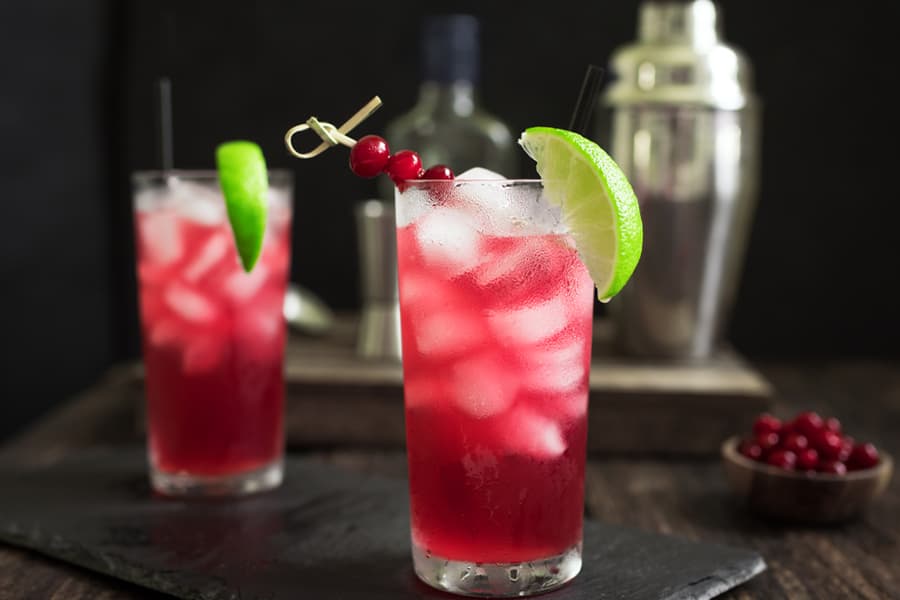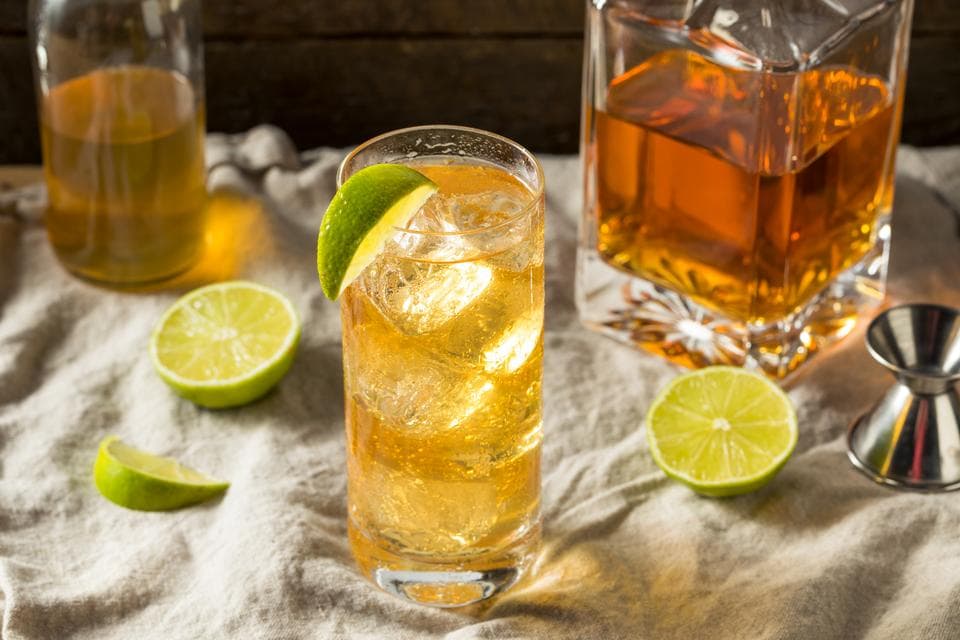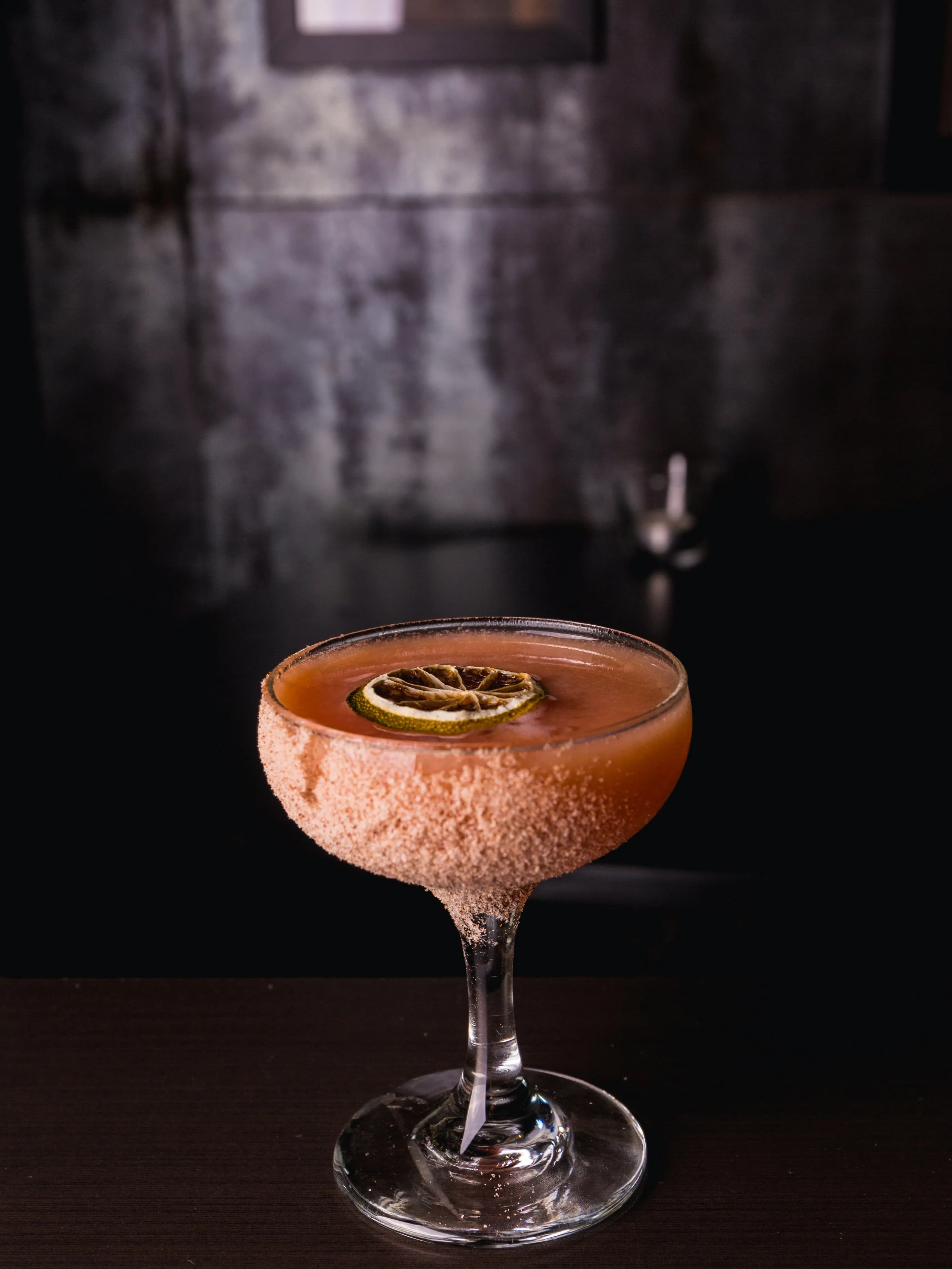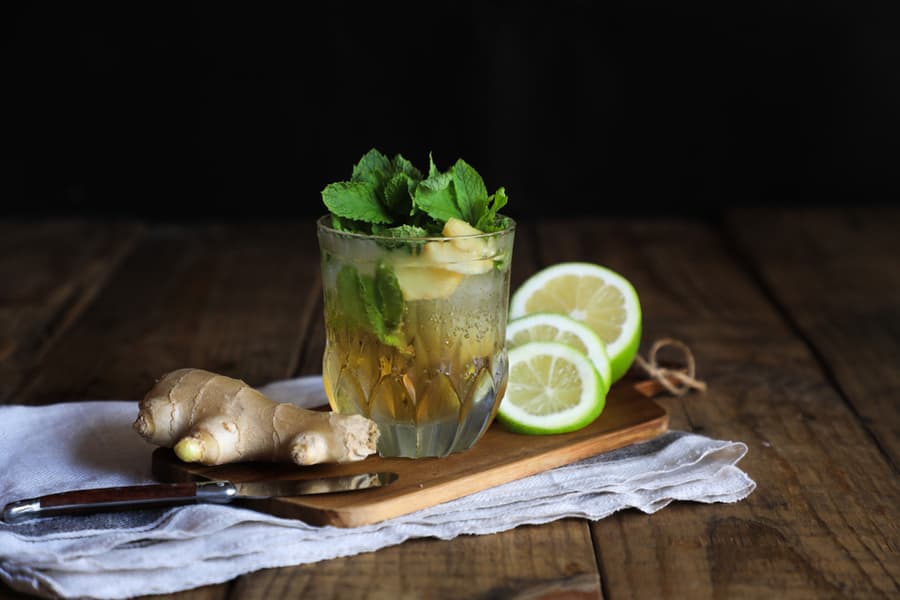Pink Lady Cocktail
The Pink Lady cocktail is a timeless blend of sophistication and charm, distinguished by its pastel hue and silky texture. Gin is at the heart of the drink, providing the botanical sharpness that defines it. Shaken to perfection, it is visually appealing and well-balanced on the palate—neither too sweet nor too tart.
Ingredients
Serves1- Check off ingredients
- 30mL gin
- 15mL grenadine
- 15mL fresh lemon juice
- 1nos egg white
- Ice cubes
- for garnish Cherry or lemon twist
Method
- Step 1
Add gin, grenadine, lemon juice and egg white to an ice-free shaker before shaking vigorously for 10-15 seconds to produce a rich foam.
- Step 2
Add ice and shake for another 15-20 seconds to chill and integrate froth into the beverage.
- Step 3
Double strain into a chilled coupe glass or small cocktail glass to remove ice shards and achieve a smooth, velvety finish.
- Step 4
Garnish with a cherry or lemon twist if preferred and serve immediately, while the foam is still fresh and stable.
Tips & Suggestions
Frequently Asked Questions
What does the Pink Lady cocktail taste like?
Can you make the Pink Lady cocktail plant-based?
What is the best glassware for serving a Pink Lady cocktail?
You may also love these
Rate This Cocktail
If you love this recipe then tab a star to rate it.

